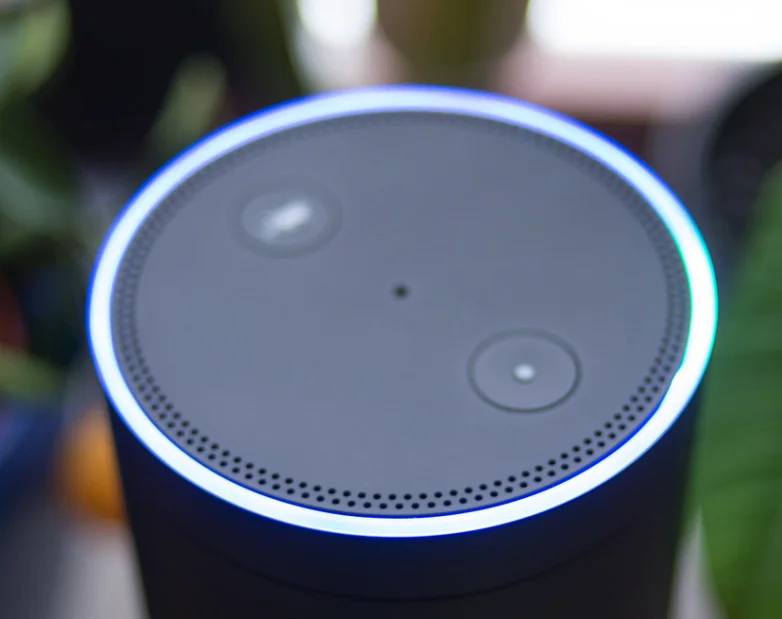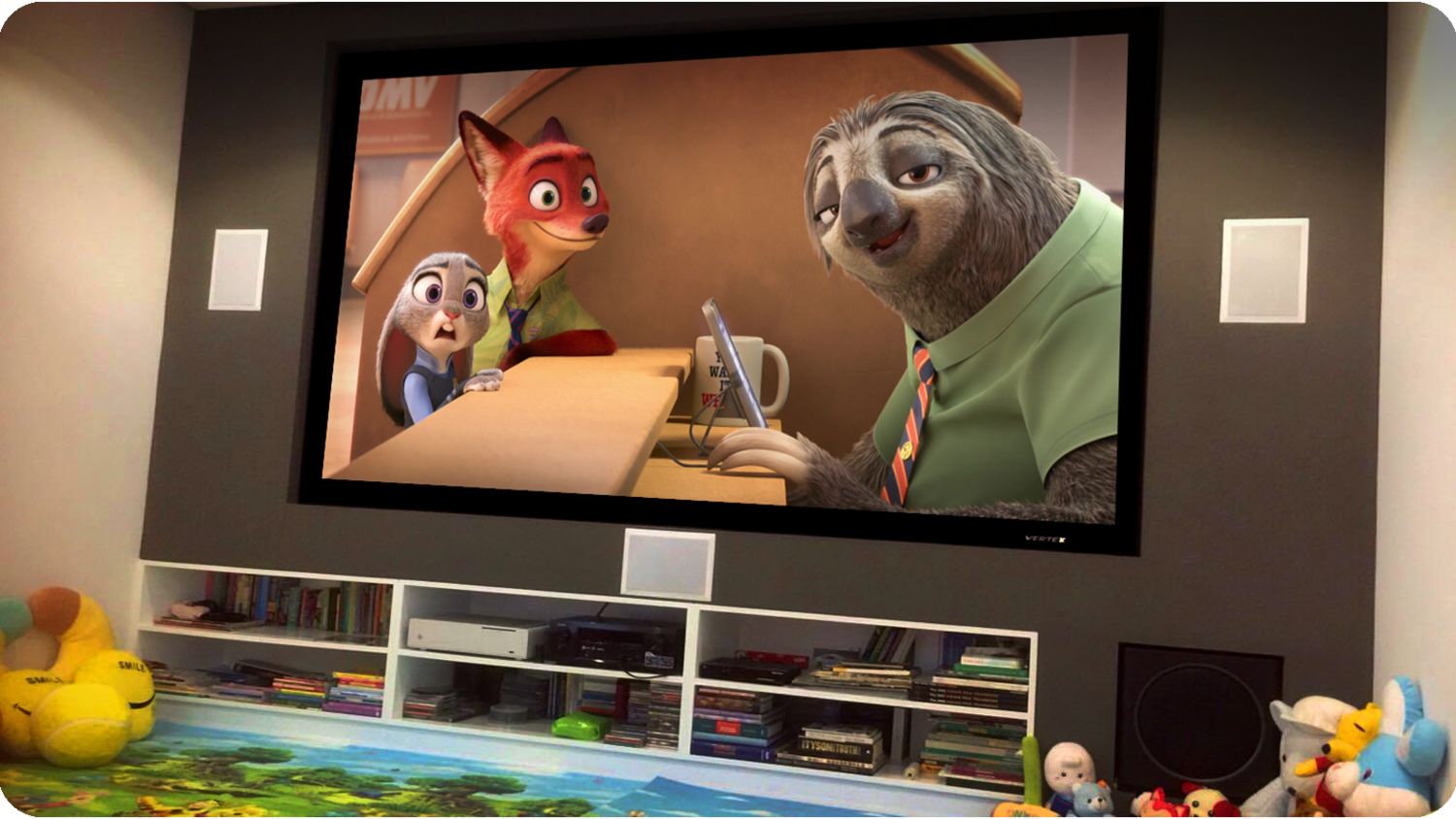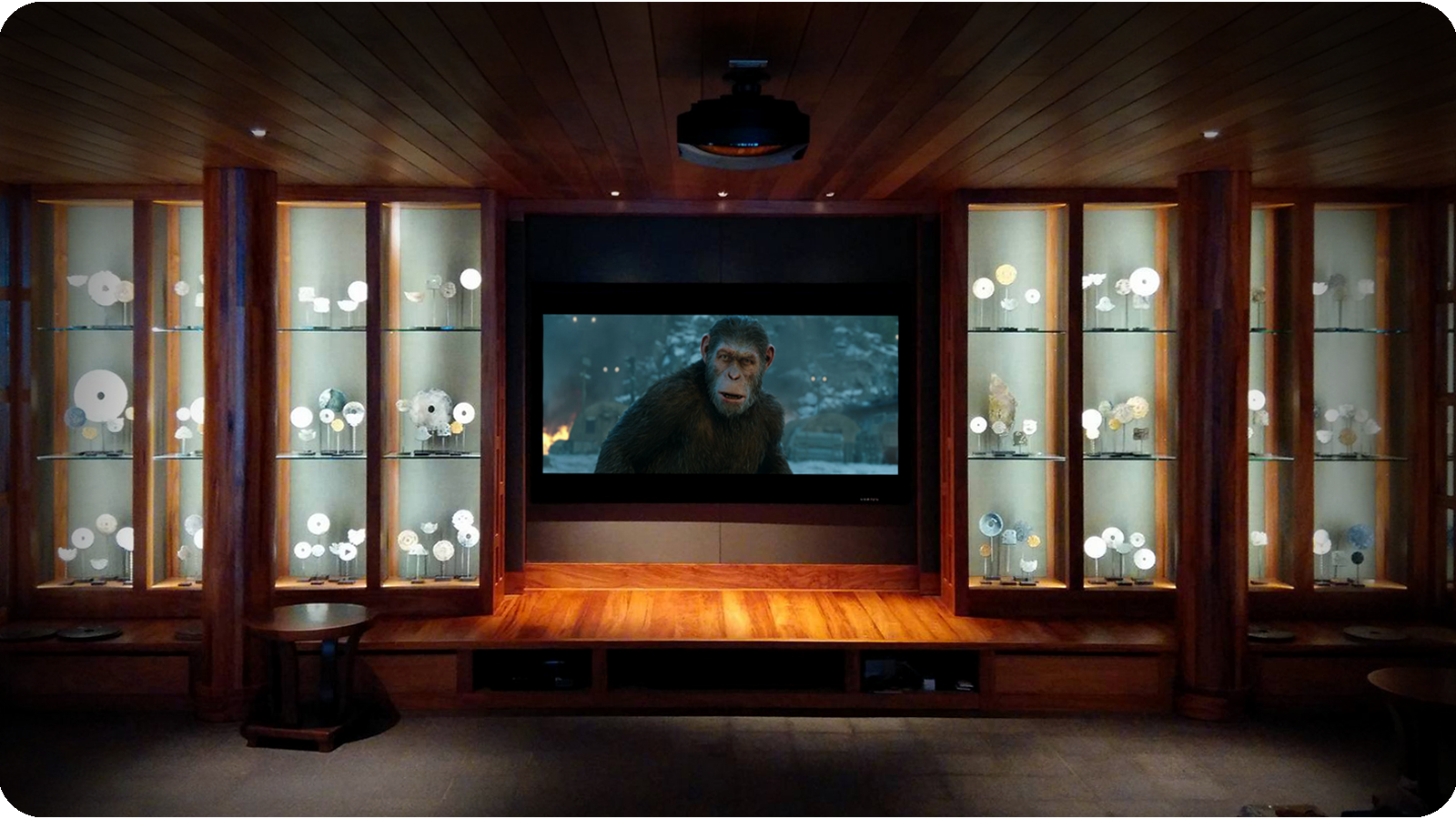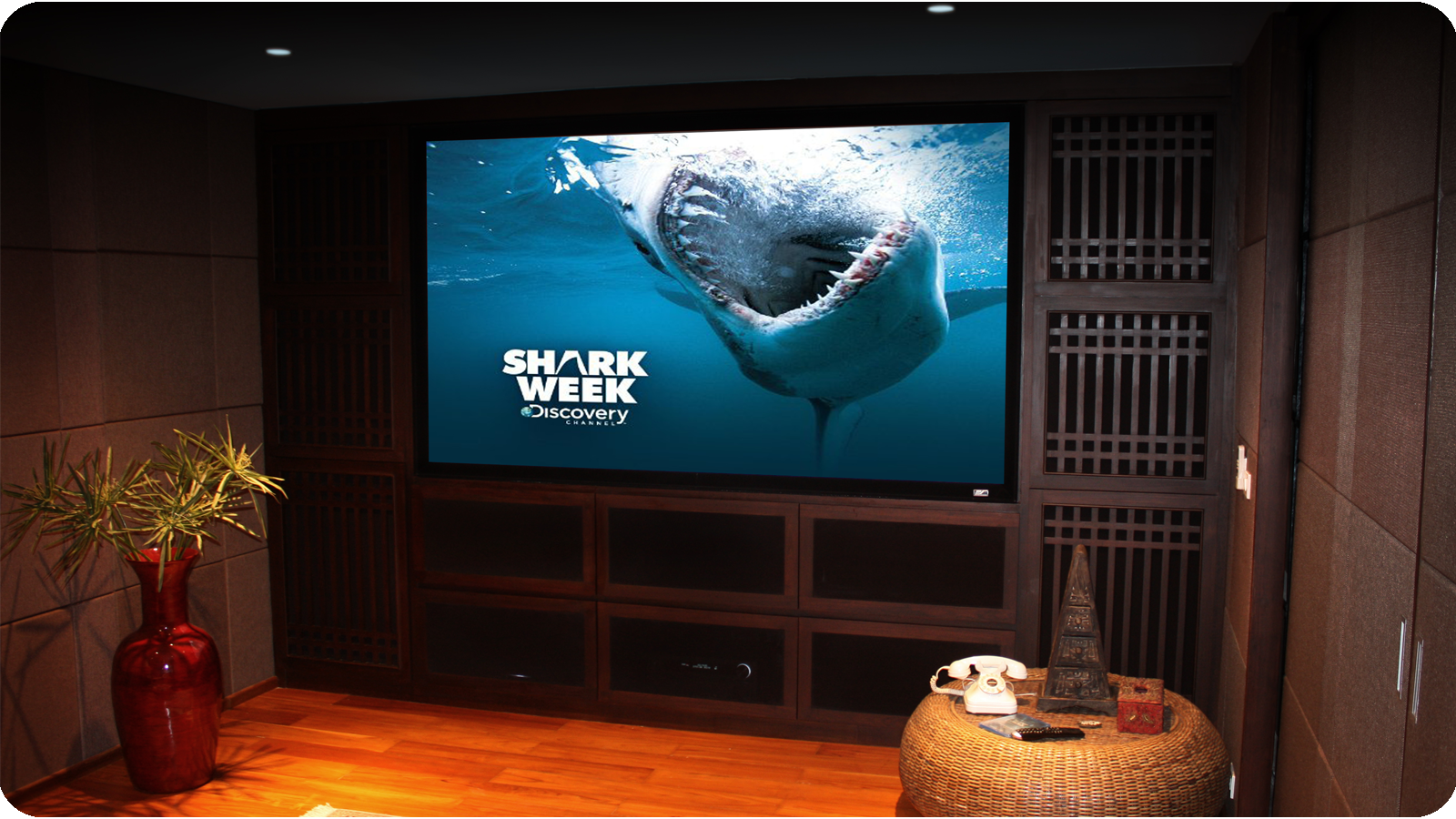The yet unnamed project will see the glasses to pair with your smartphone, presumably via Bluetooth.
This will allow you to both hear and speak to the Alexa voice assistant.
The smart glasses are going to use a type of headphone that can send sounds directly to your auditory system without the need for earpieces, according to sources familiar with the matter.
These bone-conduction audio systems transmit vibrations through the bones of your inner ear straight to your cochlea, where they are sent down the auditory nerve and to your brain.
Babak Parviz the founder of Google's ill-fated Glass, the first major attempt to popularise smart glasses, is rumoured to be directing Amazon's efforts..
Their device is unlikely to replicate the heads up display of the Google Glass and its onboard camera, however. While this might seem to limit the smart glasses potential, it may in fact avoid the pitfalls of the Google predecessor.
By not including these additions, this could dramatically improve battery life and make the device's primary function.
This is not the first time in recent days that Amazon's plans to make Alexa more mobile have been revealed. On Tuesday, the firm unveiled a new tablet that allows users to summon the virtual assistant with just their voice for the first time.
Until recently, the AI powered assistant could only be summoned when a wake button was pressed on devices like the Echo or the Alexa app was launched
On Tuesday, the firm unveiled a new tablet that allows users to summon the virtual assistant with just their voice for the first time. The new Fire HD 10, Amazon's latest tablet, will go on sale on October 11 for £150 ($150)
Babak Parviz the founder of Google's ill-fated Glass, the first major attempt to popularise smart glasses, is rumoured to be directing Amazon's efforts. In 2015, Google rolled out this secretive new version of Glass dubbed Enterprise Edition






























































